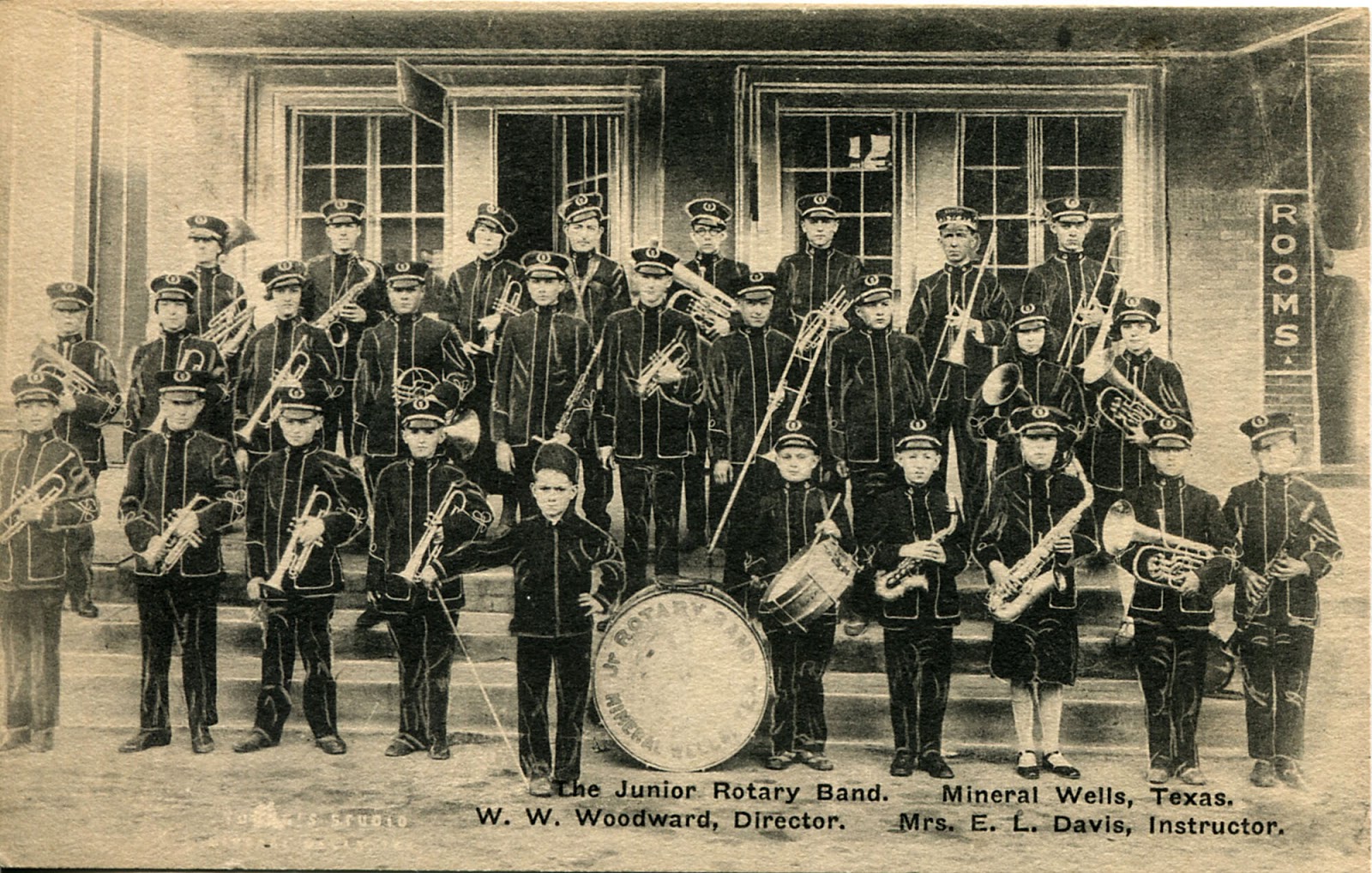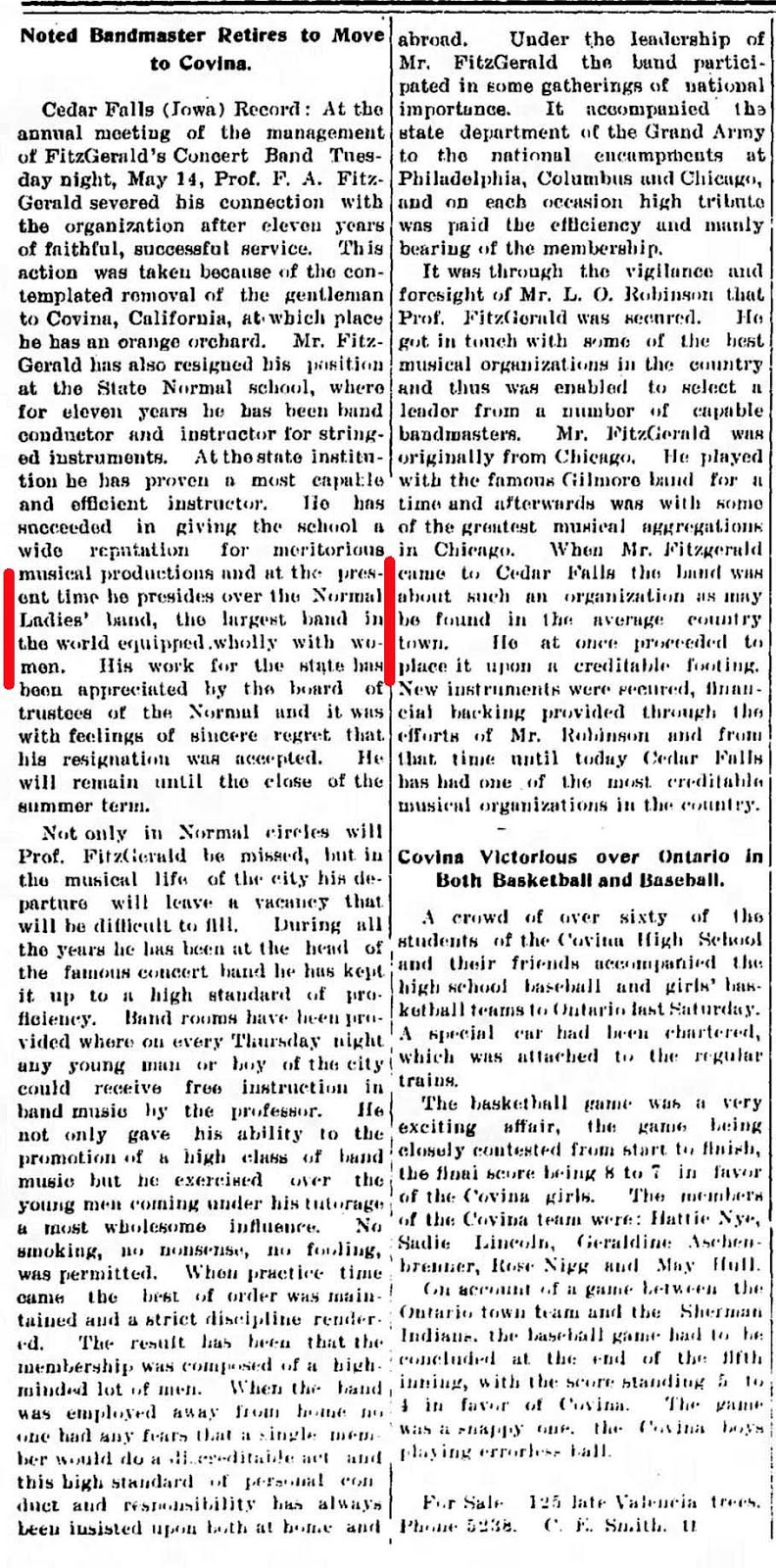The way that some musicians play music should be a crime, and saxophone players often get accused of some illicit musicianship worthy enough to send them to jail. Yet despite the widespread abuse of their instrument it is surprisingly rare to find a saxophonist who actually served time in prison.
However even more rare is the musician who used the saxophone to get
out of prison.
-
The man in the photo stares directly into the camera lens. He wears a dark suit with a stripped tie, and under one arm he holds an alto saxophone. It seems an ordinary portrait that could date from any decade after 1900. The intrigue comes from the note written on the back of the postcard.
In the Penn. for life
Lincoln Nebr.
July 22 - 1928
His face seemed familiar, so I went back to a photo featured on my August 2012 story of the
Nebraska State Penitentiary Band. In this band of 12 musicians, he is standing on the left holding a larger tenor saxophone.
However the man next to him is not a musician. He is the prison warden,
William T. Fenton.
When I acquired the postcard of this saxophone player, there was another postcard included in the sale. It is a similar portrait of a man in a dark suit, though he has no instrument. The photographer labeled the photo with one word.
Warden
Warden
William T. Fenton (1873-1939) was a remarkable administrator of a very difficult institution. Still a young man when he was appointed in 1913 to run the Nebraska State Penitentiary in Lincoln, NE, he endeavored to reform the prison by removing the old methods of correction based on harsh conditions and punishment and replacing them with new concepts of inmate discipline, education, and training. His basic tenet was that by treating inmates with respect and letting them maintain their dignity, the prison could instill proper behavior that would restore them to society as good citizens.
He raised the wages of guards to eliminate corruption. He made improvements in the prison kitchen so that inmates were served better food. He eliminated the convict lockstep march and rule of silence at meals. He introduced recreational activities which included sport games and a band. He even bought regular civilian suits for all the inmates to wear at Sunday chapel instead of their striped prisoner uniform.
By 1915 Warden Fenton became recognized as part of the progressive movement that was changing America's prison system in the early 20th century. When he retired in 1934, his 21 year service under both Republican and Democrat governors would remain the longest tenure of any Nebraska warden. His fame even got him an offer to take over the Alcatraz federal prison which opened in 1933. He declined the job due to poor health and died in 1939.
But this story is not about Warden Fenton. It's about his boys in the band.
_
On the right side of the penitentiary band photo is a man not dressed in white shirt and bow tie like the other musicians. Instead he wears a suit and long tie. With his two toned conductor's baton and youthful charming smile there is no mistake that he is the band leader.
He was also a murderer.
He was known as
"Black Tony" or more properly
Antonio or
Tony Ciarletta. His photo appeared in a 1924 newspaper article about his impending release from the Nebraska State Penitentiary. The state pardon board had commuted his life sentence, and Black Tony was scheduled to be let out just two days before Christmas 1924. The caption also included the information that he was the leader of the state prison orchestra.
![]() |
Lincoln NE Star
December 14, 1924 |
In 1913 Tony Ciarletta, age 19, and two other men held up a resort in Omaha where Ciarletta worked as a bellhop. As they collected valuables from the resort's guests, one man, a bank teller named Henry E. Nickell, failed to put his hands up and made a threatening move. Ciarletta fired two shots and killed him. The three bandits escaped with the loot, but weeks later they were captured in Colorado, after a woman in Lincoln identified Tony as a man who had pawned some of the stolen jewelry with her.
In reporting on the trial the Nebraska newspapers gave him the nickname - "Black Tony" - a name which he vehemently objected to. At one court appearance he confronted reporters. "If I ever get out I'm going to get you _____ for calling me ‘Black Tony’. Haven't you any families of your own? How would you like to be disgraced with such a name?" In March 1914 he was sentenced to life imprisonment.
![]() |
La Crosse WI Tribune
March 6, 1914 |
Looking closely at the second photo featured in my story on the N.S.P. Band there is short young man standing in the center holding a cornet. I believe it is none other than Tony Ciarletta. On the right is Warden Fenton.
According to one report Tony had very little education. In the 1920 census, recorded while he was incarcerated at the Lincoln prison, the entry for citizenship shows Tony immigrated to America in 1901 and that his native language was Italian. (Four names above his was inmate Joe Bird, born in Montana, language –
Indian.)
During that first decade of his imprisonment, Tony Ciarletta applied himself to self improvement and evidently became a model prisoner. In the process he learned to play several musical instruments and moved up from being a member of the prison band to becoming the band leader. On his release from prison he said
"I hope to continue my work in music as soon as I get on my feet again financially,". There were even thoughts he might find work in an orchestra in his hometown of Joliet, IL or Chicago.
![]() |
Lincoln NE Star
December 23, 1924 |
![]()
In the third photo from my 2012 story on the
Nebraska State Penitentiary Band, we can see Tony crouching in front of the band. Again unlike the other musicians he is wearing a suit and in his right hand is a conductor's baton. His instrument appears longer and I think he has exchanged the cornet for a trumpet.
The band is posed in front of the prison greenhouse. Note that in this band of 14 musicians, there are two, possibly four, men of color, something that would not have occurred outside of the prison walls in the 1920s era of strict segregation. Could the man behind Tony be Joe Bird from Montana?
_ _
Standing on the left is Warden Fenton next to the saxophone player who older here, perhaps about the same age as his portrait. His instrument is a tenor saxophone.
The prison band, or orchestra as it was often called, performed daily at lunchtime for the inmates and at the prison chapel for Sunday services. They also played concerts that were open to the public during fairs and other events regularly held at the Nebraska State Penitentiary. Some were benefits for the Salvation Army or regional disaster relief. On one concert the prison orchestra shared the stage with a chorus of Lincoln school children. At these shows the prison inmates appeared only on the stage and were not allowed to be in the audience. They got the previews. The warden had suffered enough with his share of prison breaks.
Warden Fenton was very proud of his musicians and used the band to promote the reforms he was advocating. One of his first innovations was to expand the prison facilities with a new auditorium. It could seat 1,300 people and had a stage over 30 feet wide and 26 feet deep with electric lighting and enough room for scenery and sets. In this theater space, inmates produced minstrel shows with comic skits, songs, and variety acts that used their own original material that they wrote and performed themselves.
The prison's annual Thanksgiving show was a favorite entertainment in Lincoln and was promoted in the newspapers. In 1928 there was a full description of the inmates' show called
"The Shutin's Frolic" with program titles, instruments, and names. Midway down was
A Bit of Saxaphone Melody – L. Chobar and later
Rhythm Plus with
L. Chobar, director, saxaphone (sic).
Could inmate L. Chobar be the same saxophone player as in the photos?
![]() |
Lincoln NE Star
November 30, 1928 |
![]() |
Lincoln NE Evening Journal
December 26, 1924 |
In December 1924, Tony Ciarletta learned he would receive the best Christmas present ever – his freedom. Yet who would take over the baton and lead the prison orchestra for the inmates annual Christmas show? A convict named
Louis Chobar.
He was a murderer too.
_ _
In 1917,
Louis W. Chobar was working on a large farm in Benedict, Nebraska where his wife was also employed as a housekeeper by the owner, Albert A. Blender. At the time Chobar was only 21 years old and his wife just 17. Not long after starting on the farm, Chobar began to suspect that Blender, a wealthy bachelor, was taking improper advantage of his young wife. In November 1917 he became convinced that Blender had assaulted his wife. In a fit of rage he confronted the man and shot him with Blender's own gun. Chobar then bound and gagged his wife, left a note to explain his crime, and fled in the victim's car. Supposedly he also took money from Blender which prosecutors used as the motive for his crime, but this was later proven false.
A $700 reward for Chobar's capture was offered by Blender's mother, and in late December 1917, he was apprehended by a sheriff's posse of 150 men. Chobar was charged with committing a felony murder for the purpose of robbery. In court his wife took the stand to corroborate Chobar's assertion that Blender had abused her, though this contradicted her earlier statements. It was not enough and the jury found him guilty of first degree murder. When the judge considered his sentence, prosecutors recommended leniency, but Louis Chobar was given life in prison.
Only two years later the state of Nebraska would install an electric chair at the Lincoln penitentiary. It would get a lot of use.
![]() |
El Paso TX Herald
November 30, 1917 |
_ _ _
This photo is clearly marked as the N.S.P. Orchestra. There are 20 musicians including six violin players on the left and five saxophones in the front row. Standing at the back center is Warden Fenton and on the right is Louis Chobar holding a conductor's baton instead of a saxophone.
On the far right is the only musician who is wearing a suit jacket. He holds a trumpet and with that broad grin, I believe it may be Tony Ciarletta. With so many sax players and only one trumpet, it would make sense for Louis to conduct while Tony played.
_ _
![]() |
Lincoln NE Evening Journal
November 27, 1929 |
There were so many prison show programs published in the Lincoln newspapers that the penitentiary seemed almost like a high school music academy promoting its spring musical. This next photo postcard is labeled
N.S.P. Show Troupe and shows the prison orchestra behind a line of men dressed in typical minstrel show costumes. Nine men are wearing powered wigs and 18th century style pantaloons. Four men on opposite sides of the stage have painted themselves in blackface. But one black trombonist at the back has no need for makeup.
In the center, next to the man sitting on a throne, is a blurred face that I believe is Louis Chobar, the bandleader.
Chobar is also surely the bandleader in this photo of the
N.S.P. Orch., though again the lighting has blurred his features. The stage has an elaborate backdrop with painted columns and ornamental lions. With 12 musicians that include three saxophones and two banjos, the band looks like a typical dance band from the 1920s. Notice that the trombonist in the back row is the same man as in the previous photo and that another black man is on drums. It's also possible that the trumpet on the far right may be Tony Ciarletta.
The internet continues to be an amazing resource for forgotten history. On the website for the
Nebraska State Historical Society there was another reference to Louis Chobar.
Not as a saxophone player but as a songwriter.
The song was
A Prisoner's Plea, published by the Nebraska State Penitentiary with words by Prisoner #7280 and music by Prisoner #8940.
If you like this this song it may be obtained by sending 50¢ or
money order, which will assist us in publishing other songs, which
are beautiful fox trots, of our own composition. Also, friends, you
are helping two prisoners who desire to "Make Good" and return
to society as honest, law-abiding citizens.
Thanking you for an order, we are,
Very respectfully yours
Prisoner #7280 and Prisoner #8940
Nebraska State Prison
Lancaster, Nebr.
Who was Prisoner #7280? None other than Louis W. Chobar.
Chobar entered the Nebraska State Peniteniary in March 1918, with no expectation other than he would never leave. Not surprisingly, his wife got a divorce. His eyes stare at the camera and seem to look far beyond the lens.
He was given work in the prison furniture shop though he had no prior experience in wood craft. He wove wicker chairs, daybeds, lamp shades, and bird cages. Soon he became good enough to be made an instructor. Convicts earned a small wage in the shops and as a lifer Chobar was able to keep all his earnings of about $17 a month. After 6 years at this, he caught the attention of Warden Fenton who offered him the position of prison librarian. Even though Chobar protested he was unqualified, Fenton insisted and Chobar was given charge of choosing and distributing books for the entire prison population. His duties also included running the prison mail room. Life in prison now had a purpose.
Before his incarceration, music been a minor interest for Chobar who enjoyed singing in choirs and had taught himself to pick simple tunes out on the mandolin and violin. In prison he made an unsuccessful try at the cornet after hearing the band, but it was the saxophone that really caught his ear. He invested $168, nearly his full year's income, and bought himself a saxophone, devoting all his free time to the instrument and learning the fundamentals of music. The warden permitted him an hour a day of practice in the prison chapel in addition to two hours of band rehearsal. At night he taught himself the instrument fingerings silently in his cell. Before long, his talent was recognized and he was made a soloist in the band.
![]() |
Lincoln NE Star
August 7, 1931 |
After 12 years in prison, in 1930 Chobar made application to the state parole board for a commutation of his sentence. Unlike Tony Ciarletta's hearing, where no one spoke against him, the family of Chobar's victim were very vocal in their opposition to Chobar's possible release or a reduction of his life sentence. Nebraska newspapers gave regular reports on parole board actions, and quickly picked up on Chobar's case as a contest between two mothers. On the one side Chobar's mother made a plea for clemency, and on the other side his victim's mother, Mrs. Blender, demanded that justice be served. Yet even with the support of prison officials praising his exemplary conduct, Chobar's application was denied.
The following year, when Chobar's mother became critically ill, Warden Fenton took the unusual step of securing Louis a 7-day pass from the governor to leave prison and visit her in Chillicothe, Illinois. Unsupervised. Across the state line. "I have never lost a prisoner under these circumstances when such a privilege has been granted," said Fenton. When it was clear she was near death, Chobar was allowed an extra 5 days.
![]() |
Lincoln NE Evening Journal
April 20, 1932 |
At his next parole hearing in 1932, Chobar's petition prevailed and the board commuted his life sentence to a term of 25 years. This made him eligible for release in 1935.
Louis continued as prison librarian and director of the prison's shows. The 1934 Thanksgiving production was a musical comedy entitled "Spooky Hours". Chobar auditioned over 40 inmates and chose 25 for the six act show. The two lead actors were both black men, one with 16 years experience in
Negro stage work. There were three dance routines; short comic skits; a "high class" tap dance act; several popular and classical songs; a one act play; and a big finale depicting jungle life in South Africa. Accompanying all this from the stage pit was an orchestra of 12 musicians led by Louis Chobar. He was even featured as a saxophone soloist.
Each year, owing to the nature of the place, actors come and actors go, but this year Mr. Chobar is quite satisfied with the talent available, and so, says their director, "On with the Show."The following year Louise Chobar became a free man again. He moved to Peoria, IL; worked as a salesman for a paper product company; remarried and became the father of a daughter.
Did he take his saxophone with him when he left prison? Did he continue to write songs or direct musicals? His name is attached to two songs listed in a
1949 catalog of music copyright titles.
"Huckleberry Sweetheart" and
"Illinoi' I Love You" for voice and piano, by Myrle Davis and Louis Merle (pseud.) i.e. Louis William Chobar. So perhaps he did keep a dream of pursuing music. But the internet does not have all the answers. After 17 years in the
Pen, Louis was probably intent on making a new life on his on terms that was quiet and drew no attention.
Besides
"The Prisoner's Plea", Louis Chobar as
Prisoner #7280 co-wrote another song with
Prisoner #8940 entitled
"Omaha, I Love You."
a fox trot ballad. It is curious that Chobar is credited with the lyrics and not the music. Who was the composer?
That was Prisoner #8940. His name was Art Boyd.
Convicted in 1924 of breaking into and robbing a Missouri Pacific railway depot, Art Boyd was sentenced to serve 3 to 10 years in the penitentiary. Like Chobar and Ciarletta, he repeatedly applied to the parole board for a reduced sentence. By 1930 he was still inside after 6 years. To look at his prison mugshot with his shaved head, scars and missing eye, we could easily believe that he was capable of murder. The internet does not say if he ever was one.
But he did play the saxophone.
This is my contribution to Sepia Saturday
where everyone pleads "Not Guilty!"






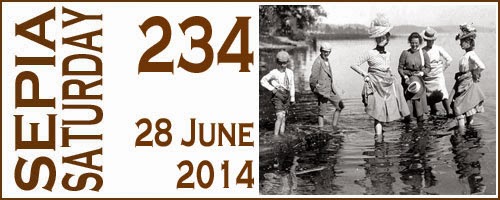
















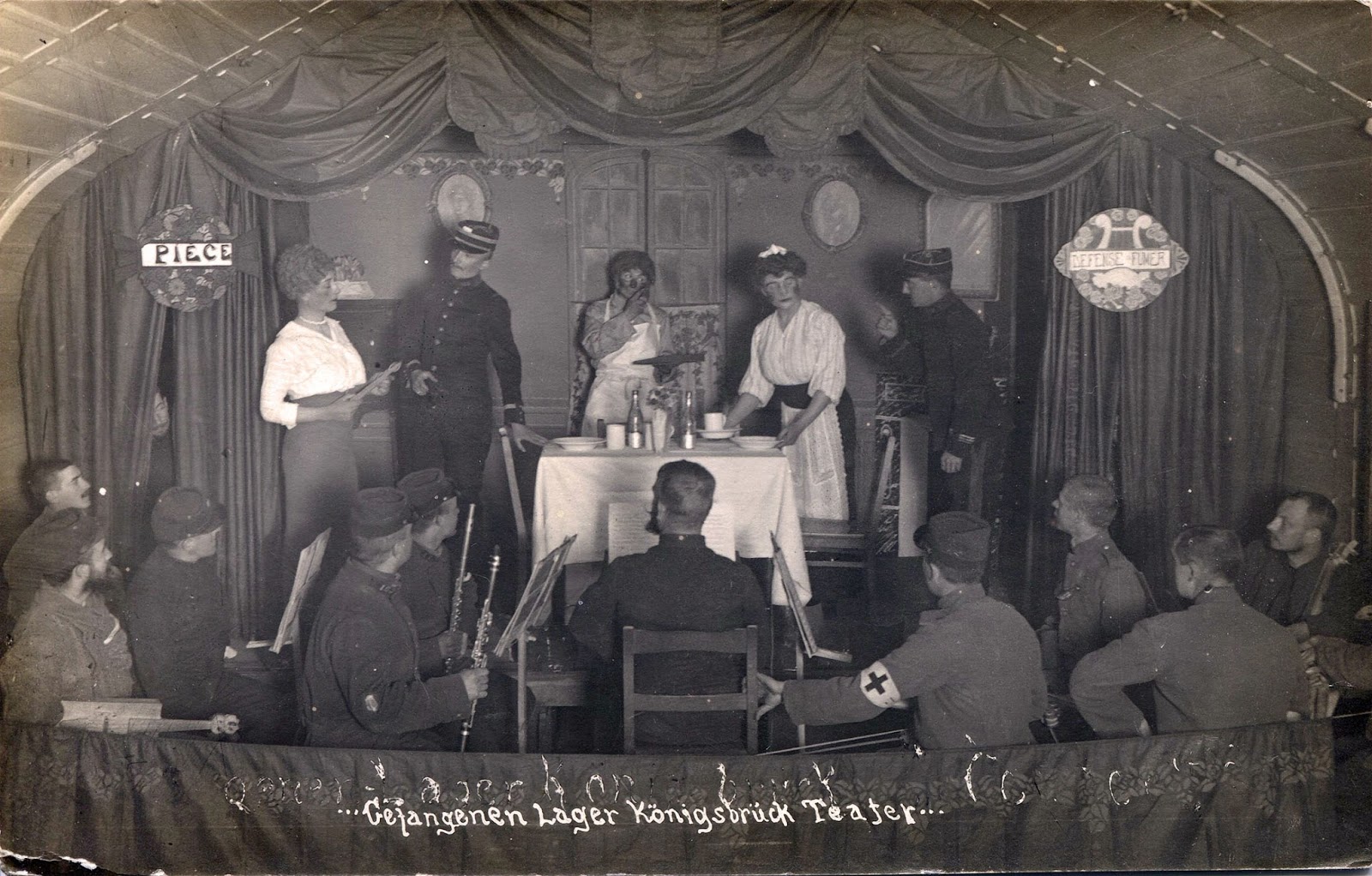









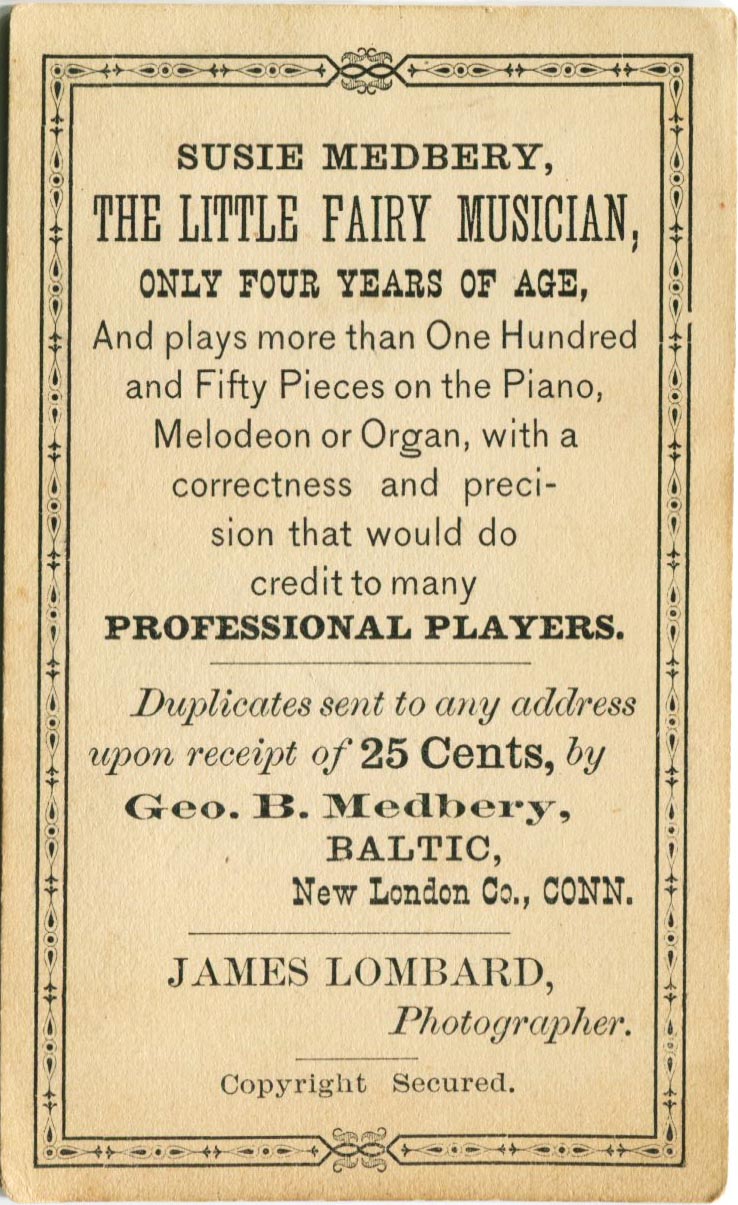



















































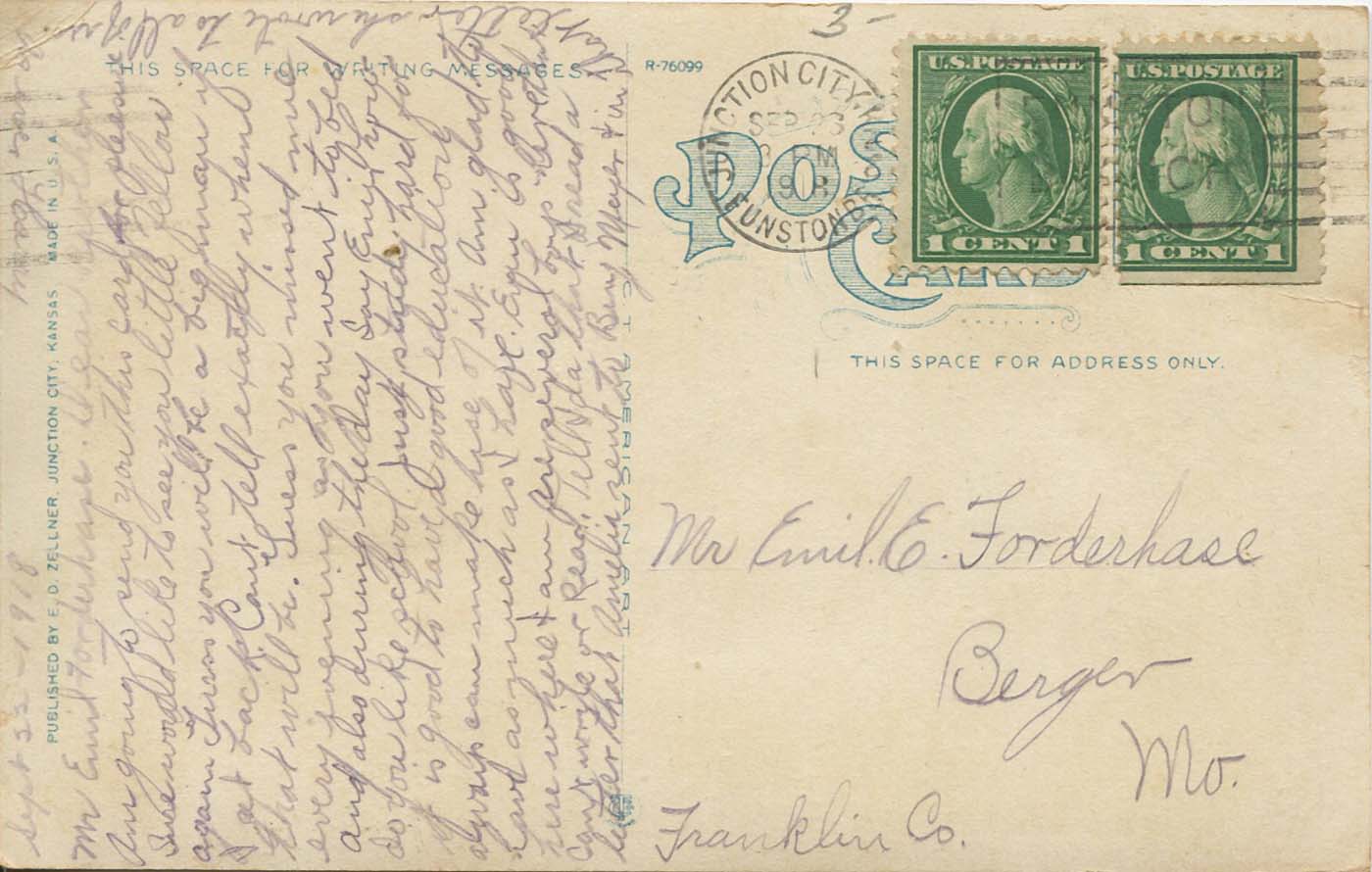








.jpg)





























